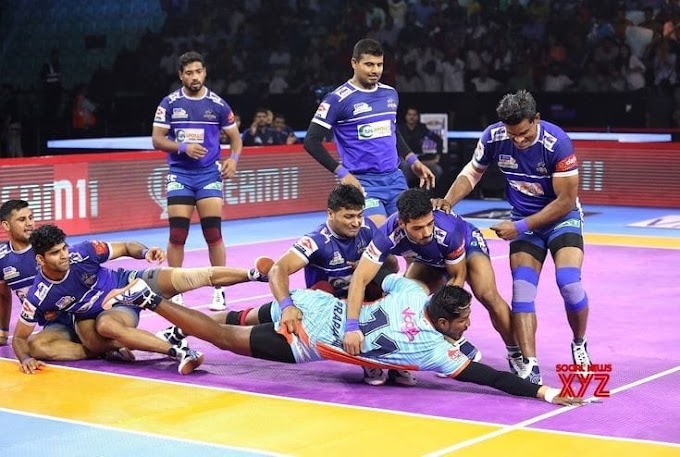UNDERSTANDING INDIRECT SPEECH IN PRESENT PERFECT TENSE
🔮Direct Speech: She says, "I have washed the dishes."
🍄Indirect Speech: She says that she has washed the dishes.
ती म्हणते की तिने भांडी धुतलेली आहेत.
🔮Direct Speech: He says, "I have cleaned the kitchen counter."
🍄Indirect Speech: He says that he has cleaned the kitchen counter.
तो म्हणतो की त्याने स्वयंपाकघराचा काउंटर स्वच्छ केलेला आहे.
🔮Direct Speech: Mother says, "I have chopped the vegetables."
🍄Indirect Speech: Mother says that she has chopped the vegetables.
आई म्हणते की तिने भाज्या चिरलेले आहेत.
🔮Direct Speech: Father says, "I have made tea."
🍄Indirect Speech: Father says that he has made tea.
वडील म्हणतात की त्यांनी चहा बनवलेला आहे.
🔮Direct Speech: She says, "I have arranged the plates on the table."
🍄Indirect Speech: She says that she has arranged the plates on the table.
ती म्हणते की तिने टेबलवर ताटे लावलेली आहेत.
🔮Direct Speech: He says, "I have swept the kitchen floor."
🍄Indirect Speech: He says that he has swept the kitchen floor.
तो म्हणतो की त्याने स्वयंपाकघराचा मजला झाडलेला आहे.
🔮Direct Speech: She says, "I have cooked the rice."
🍄Indirect Speech: She says that she has cooked the rice.
ती म्हणते की तिने भात शिजवलेला आहे.
🔮Direct Speech: They say, "We have put the groceries away."
🍄Indirect Speech: They say that they have put the groceries away.
ते म्हणतात की त्यांनी किराणा सामान ठेवलेले आहे.
🔮Direct Speech: She says, "I have wiped the kitchen shelves."
🍄Indirect Speech: She says that she has wiped the kitchen shelves.
ती म्हणते की तिने स्वयंपाकघराची कपाटे पुसलेली आहेत.
🔮Direct Speech: He says, "I have boiled the milk."
🍄Indirect Speech: He says that he has boiled the milk.
तो म्हणतो की त्याने दूध उकळवलेले आहे.





0 Comments